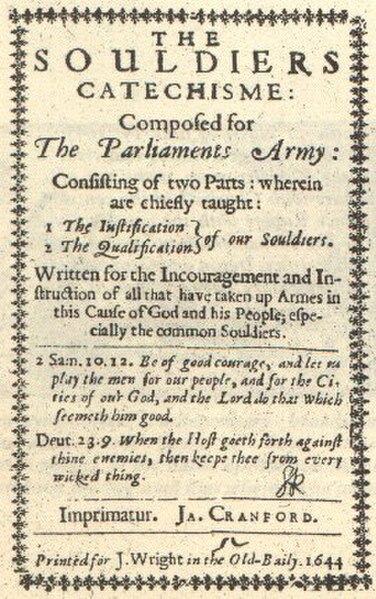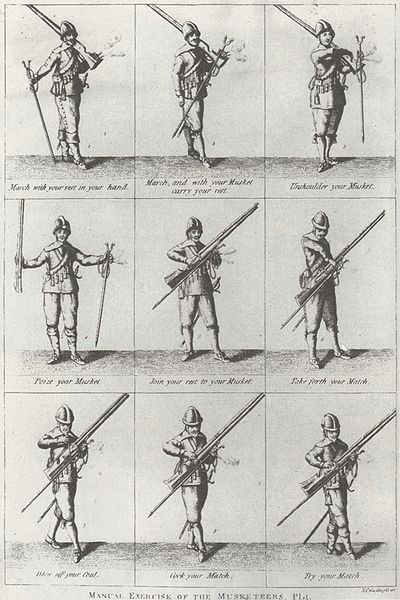The Army Council was a body established in 1647 to represent the views of all levels of the New Model Army. It originally consisted of senior commanders, like Sir Thomas Fairfax, and representatives elected by their regiments, known as Agitators.
Charles I; by 1648, a significant element felt only his death could end the conflict
Cromwell's son-in-law Henry Ireton, who argued the Grandees position at the Putney Debates
The New Model Army or New Modelled Army was a standing army formed in 1645 by the Parliamentarians during the First English Civil War, then disbanded after the Stuart Restoration in 1660. It differed from other armies employed in the 1639 to 1653 Wars of the Three Kingdoms in that members were liable for service anywhere in the country, rather than being limited to a single area or garrison. To establish a professional officer corps, the army's leaders were prohibited from having seats in either the House of Lords or House of Commons. This was to encourage their separation from the political or religious factions among the Parliamentarians.
New Model Army
Sir Thomas Fairfax, appointed commander of the New Model Army in April 1645
Oliver Cromwell, appointed commander of the cavalry
Drill manual for musketeers






